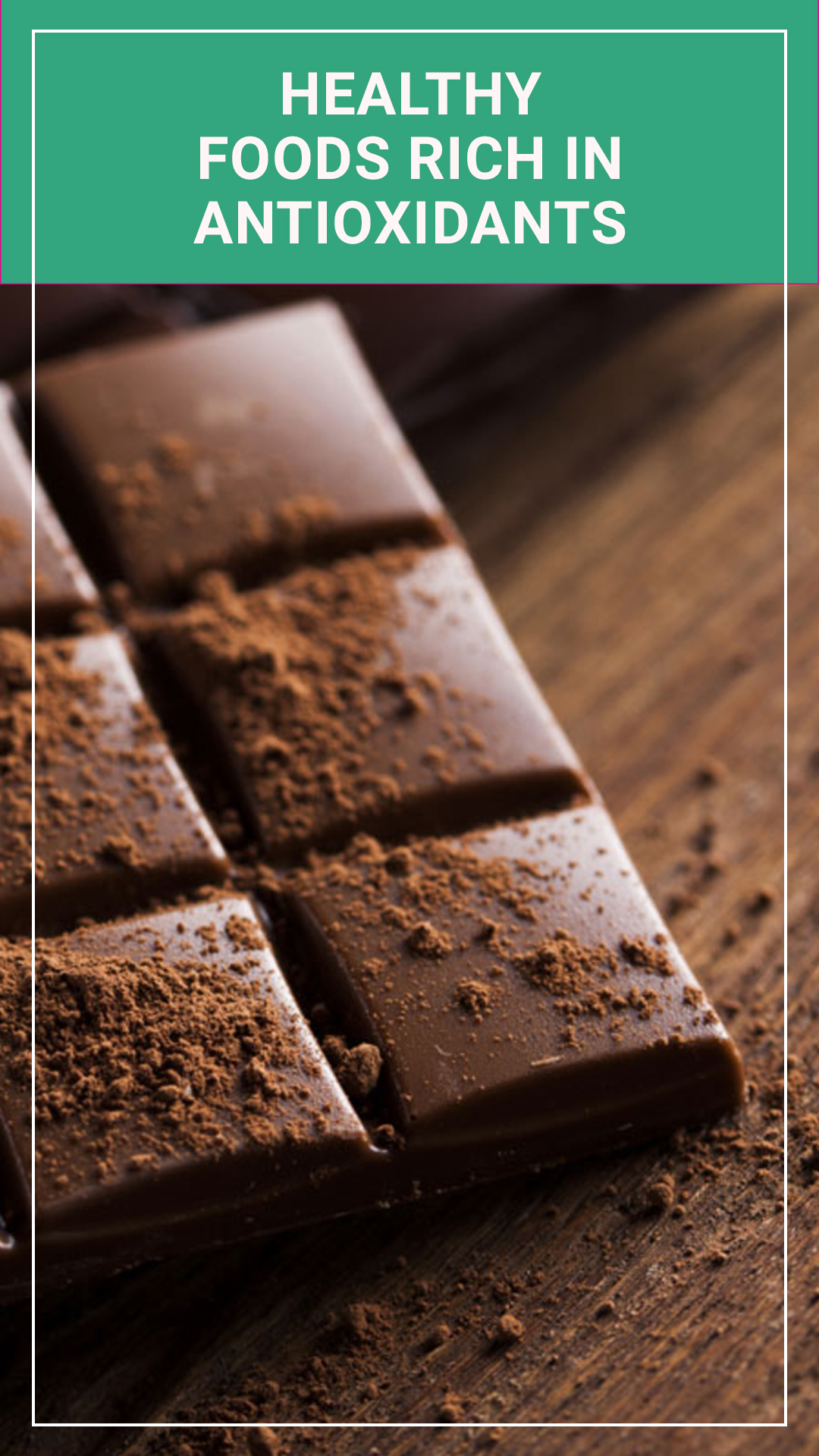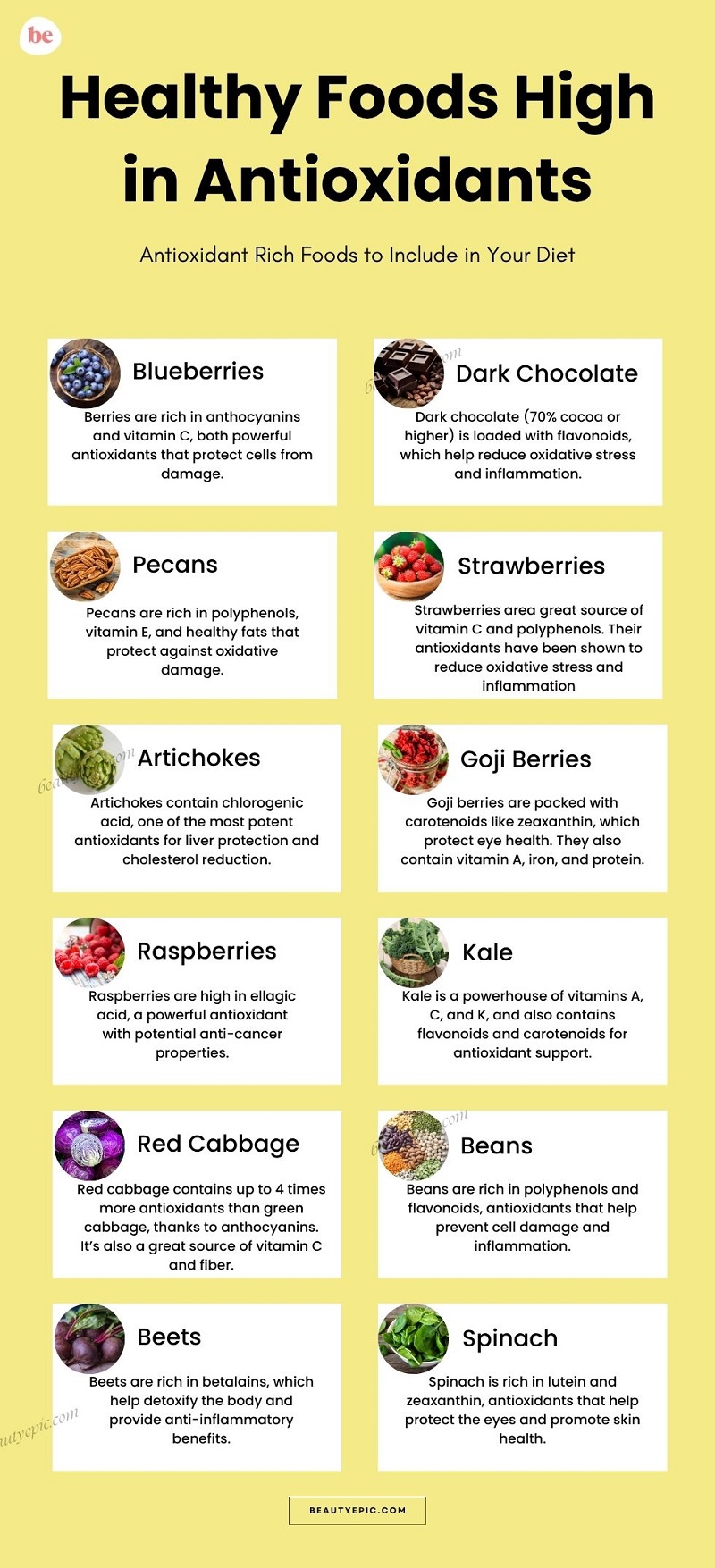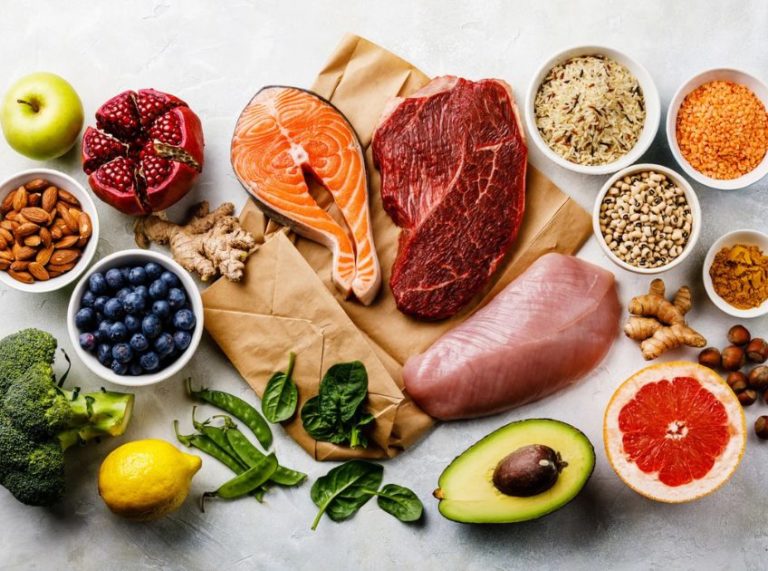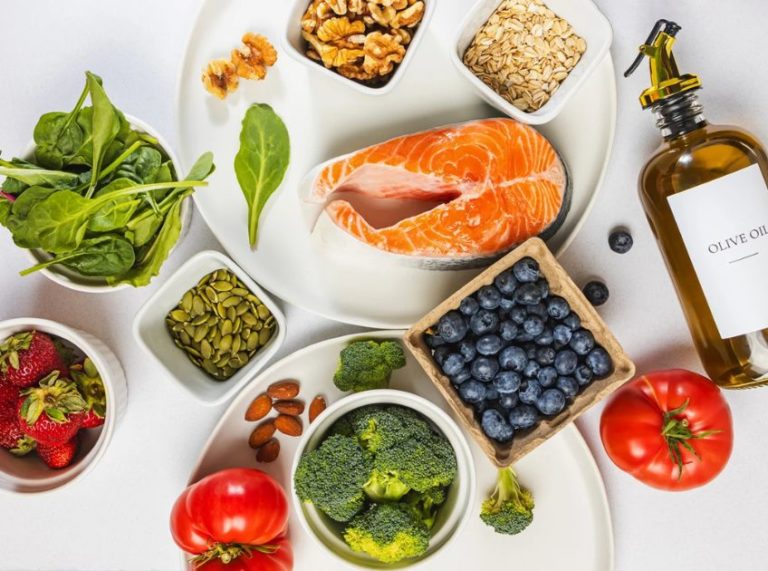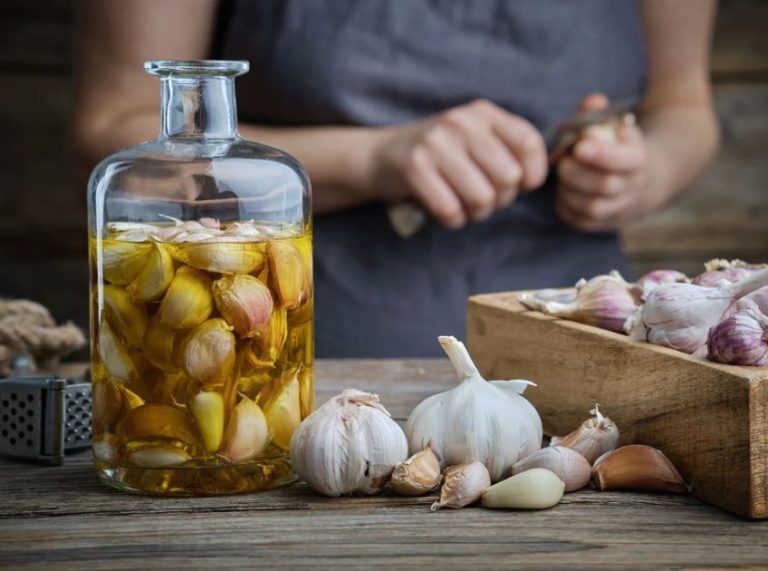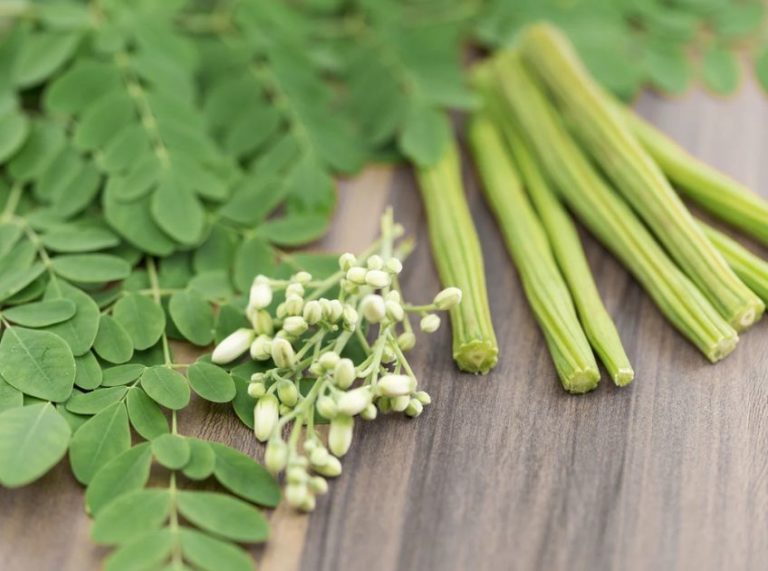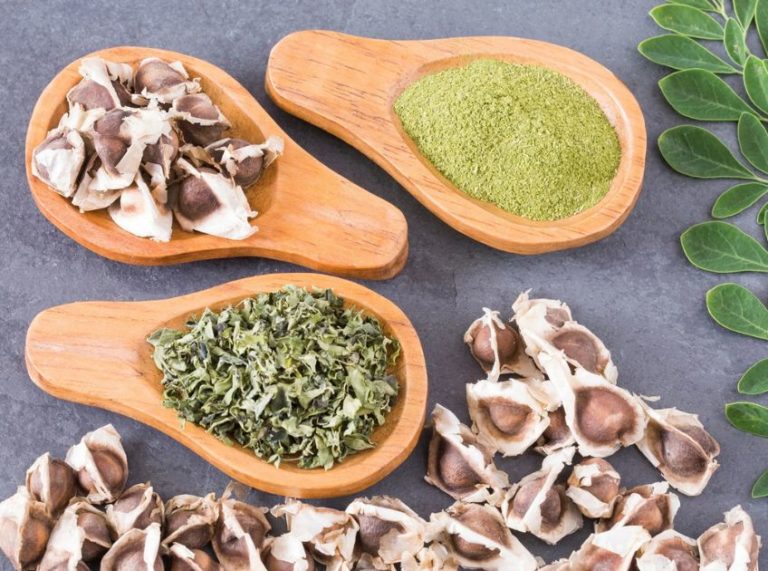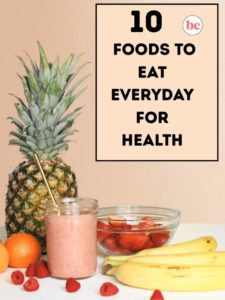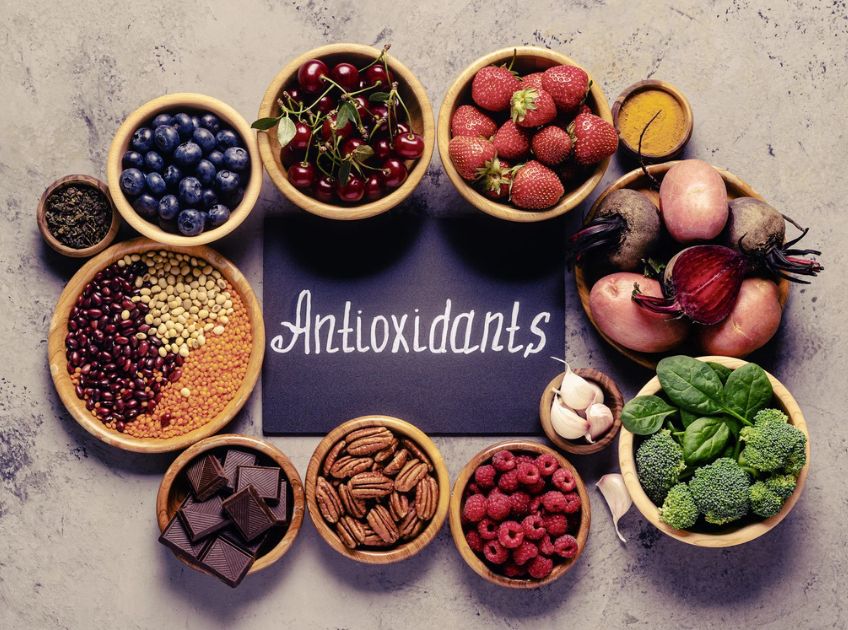
Important: This article is for informational purposes only. Please read our full disclaimer for more details.
Antioxidants are compounds that protect your body from oxidative stress caused by free radicals. When free radicals build up, they can damage cells and contribute to aging, inflammation, and chronic illnesses like heart disease, diabetes, and even cancer. By eating antioxidant-rich foods, you give your body the tools it needs to stay resilient, youthful, and strong.
In this guide, we’ll explore 14 antioxidant-packed foods that are not only delicious but also supported by research for their protective benefits.
14 Antioxidant-Rich Superfoods You Should Eat More Of
1. Blueberries – The Brain Berry
Blueberries are tiny but mighty. They’re packed with anthocyanins, the antioxidants responsible for their deep blue color. Studies have linked blueberries to improved memory, reduced age-related cognitive decline, and better heart health (1). They also contain vitamin C, vitamin K, and manganese.
How to enjoy: Add them to smoothies, oatmeal, yogurt, or eat them fresh as a snack. Frozen blueberries retain nearly all their antioxidants, so they’re a year-round option.
2. Dark Chocolate – Sweet and Heart-Healthy
Dark chocolate (70% cocoa or higher) is rich in flavonoids, which help reduce inflammation, improve blood flow, and support heart health. A study published in Circulation showed that moderate dark chocolate intake is linked to a lower risk of heart disease. It also contains iron, magnesium, and fiber (2)(3).
How to enjoy: A small square after dinner, shaved over oats, or mixed into energy bites.
3. Strawberries – Vitamin C Powerhouse
Strawberries are not only delicious but also a great source of vitamin C and polyphenols. Their antioxidants have been shown to reduce oxidative stress and inflammation (4). Regular strawberry intake has been associated with lower cholesterol and better heart health.
How to enjoy: Fresh in salads, blended in smoothies, or simply dipped in dark chocolate for a double antioxidant boost.
4. Pecans – Nutty Antioxidant Boost
Pecans are rich in polyphenols, vitamin E, and healthy fats that protect against oxidative damage. A clinical study showed that eating pecans increased antioxidant levels in the bloodstream. They also provide fiber, magnesium, and zinc (5).
How to enjoy: Add to salads, oatmeal, or enjoy a handful as a snack.
5. Artichokes – Fiber-Rich Detox Support
Artichokes contain chlorogenic acid, one of the most potent antioxidants for liver protection and cholesterol reduction. They are also an excellent source of fiber, vitamin C, and magnesium. Steaming preserves their antioxidants better than boiling (6).
How to enjoy: Steam whole artichokes and dip the leaves in olive oil or blend them into dips and spreads.
6. Goji Berries – The Ancient Superfruit
Used in traditional Chinese medicine for centuries, goji berries are packed with carotenoids like zeaxanthin, which protect eye health. They also contain vitamin A, iron, and protein (surprisingly high for a fruit). Studies show they can boost immune function and improve feelings of well-being (7).
How to enjoy: Sprinkle on oatmeal, mix into trail mix, or steep in hot water for goji tea.
7. Raspberries – Nature’s Anti-Cancer Berry
Raspberries are high in ellagic acid, a powerful antioxidant with potential anti-cancer properties. They also support gut health with their soluble fiber, which helps regulate blood sugar levels (8).
How to enjoy: Blend into smoothies, add to chia puddings, or enjoy with Greek yogurt.
8. Kale – The Leafy Green Superstar
Kale is loaded with vitamins A, C, and K, plus beta-carotene and flavonoids. It also contains quercetin, a plant compound with powerful anti-inflammatory and antiviral properties. One cup of raw kale provides more than 100% of your daily vitamin C needs (9).
How to enjoy: Sauté with garlic, blend into green smoothies, or bake into kale chips.
9. Red Cabbage – Colorful and Affordable
Red cabbage contains up to 4 times more antioxidants than green cabbage, thanks to anthocyanins. It’s also a great source of vitamin C and fiber. Light cooking, such as steaming or stir-frying, can actually boost its antioxidant activity (10).
How to enjoy: Add to coleslaws, tacos, stir-fries, or pickle it for a gut-friendly boost.
10. Beans – Protein Meets Antioxidants
Beans, especially black beans, pinto beans, and kidney beans, are loaded with antioxidants like flavonoids. They’re also rich in plant-based protein, fiber, iron, and magnesium. Eating beans regularly is linked to better blood sugar control and reduced risk of heart disease (11).
How to enjoy: Use in chili, stews, burritos, or salads.
11. Beets – The Blood Flow Booster
Beets contain betalains, unique antioxidants responsible for their red pigment. Betalains help reduce inflammation and oxidative stress. Beets are also high in nitrates, which improve blood flow and may enhance athletic performance (12).
How to enjoy: Roast beets with olive oil, blend into smoothies, or enjoy as beetroot juice before workouts.
12. Spinach – Eye Health Essential
Spinach is rich in lutein and zeaxanthin, antioxidants that protect against age-related macular degeneration (AMD). It also provides iron, folate, and vitamin C. Cooking spinach slightly increases the bioavailability of certain antioxidants (13).
How to enjoy: Add to omelets, pasta, smoothies, or lightly sauté as a side dish.
13. Green Tea – The Ancient Elixir
Green tea contains catechins, particularly EGCG (epigallocatechin gallate), which is one of the most powerful antioxidants for reducing inflammation and lowering chronic disease risk (14). Drinking green tea is linked to improved metabolism, better brain function, and longevity.
How to enjoy: Brew fresh green tea daily, use matcha powder in lattes, or mix into smoothies.
14. Oranges – The Immunity Champion
Oranges are one of the most well-known sources of vitamin C, but they also contain flavonoids like hesperidin, which support vascular health. Regular consumption boosts immunity and collagen production, keeping skin youthful (15).
How to enjoy: Freshly squeezed juice, fruit salads, or as a natural sweetener in smoothies.
Quick Comparison Chart: 14 Healthy Foods High in Antioxidants
| Food | Key Antioxidant(s) | Main Health Benefit |
|---|---|---|
| Blueberries | Anthocyanins, vitamin C | Boosts brain health & memory |
| Dark Chocolate | Flavonoids | Supports heart health & circulation |
| Strawberries | Vitamin C, polyphenols | Reduces inflammation & cholesterol |
| Pecans | Polyphenols, vitamin E | Improves antioxidant levels in blood |
| Artichokes | Chlorogenic acid | Protects the liver & lowers LDL cholesterol |
| Goji Berries | Zeaxanthin, carotenoids | Enhances eye health & immunity |
| Raspberries | Ellagic acid | Anti-cancer properties & gut support |
| Kale | Beta-carotene, quercetin | Anti-inflammatory & nutrient-dense |
| Red Cabbage | Anthocyanins, vitamin C | Improves heart health & reduces oxidative stress |
| Beans | Flavonoids, polyphenols | Stabilizes blood sugar & supports heart health |
| Beets | Betalains, nitrates | Boosts blood flow & athletic performance |
| Spinach | Lutein, zeaxanthin | Protects vision & supports eye health |
| Green Tea | Catechins (EGCG) | Lowers inflammation & supports metabolism |
| Oranges | Vitamin C, hesperidin | Strengthens immunity & supports skin health |
What Science Says About Antioxidants
Modern research confirms that diets rich in antioxidant-heavy foods are linked to reduced risk of chronic diseases. For example, a review in the American Journal of Clinical Nutrition highlighted that polyphenols from fruits and vegetables lower oxidative stress markers (16). However, whole foods are more beneficial than supplements because of their synergistic mix of vitamins, minerals, and plant compounds.
Frequently Asked Questions (FAQ’S)
Q1: Can I get enough antioxidants just from food, or should I take supplements?
A. Most experts recommend whole foods over supplements because they offer a complete package of nutrients, fiber, and bioactive compounds that work together.
Q2: Do cooking methods affect antioxidant levels?
A. Yes, cooking can reduce antioxidants like vitamin C, but may increase others like carotenoids. Steaming and sautéing are better than boiling.
Q3: How many servings of antioxidant-rich foods should I eat daily?
A. Aim for at least 5–7 servings of fruits and vegetables daily, plus nuts, legumes, and teas for variety.
Final Thoughts
Incorporating antioxidant-rich foods like berries, leafy greens, nuts, and teas into your daily routine is one of the simplest ways to support long-term health. Instead of focusing on one “superfood,” build variety into your meals to maximize the benefits.
You Might Also Like:
- 10 Protein High Foods for Vegetarians
- The 10 Best Foods to Eat When You Have Cold
- 5 Healthy Juices to Cleanse Your Kidneys Naturally
- How to Use Spinach for Weight Loss?
- The 7 Best Home Remedies for Pigmentation
- How to Use Turmeric to Reduce Inflammation?
- Oziva Nutritional Meal For Men to Lose Weight
- Is Yogurt Good For Cholesterol
- 10 Best Foods To Eat When You Have ADHD
- 10 Best Foods To Eat For Kidney Stones
- 10 Best Foods For Jaundice
- 10 Foods That Boost Your Mental Health
- 10 Best Foods to Eat If You Have Psoriasis
- 10 Healthy Foods to Boost Nitric Oxide
- 9 Foods that Improve Circulation and Vein Health
